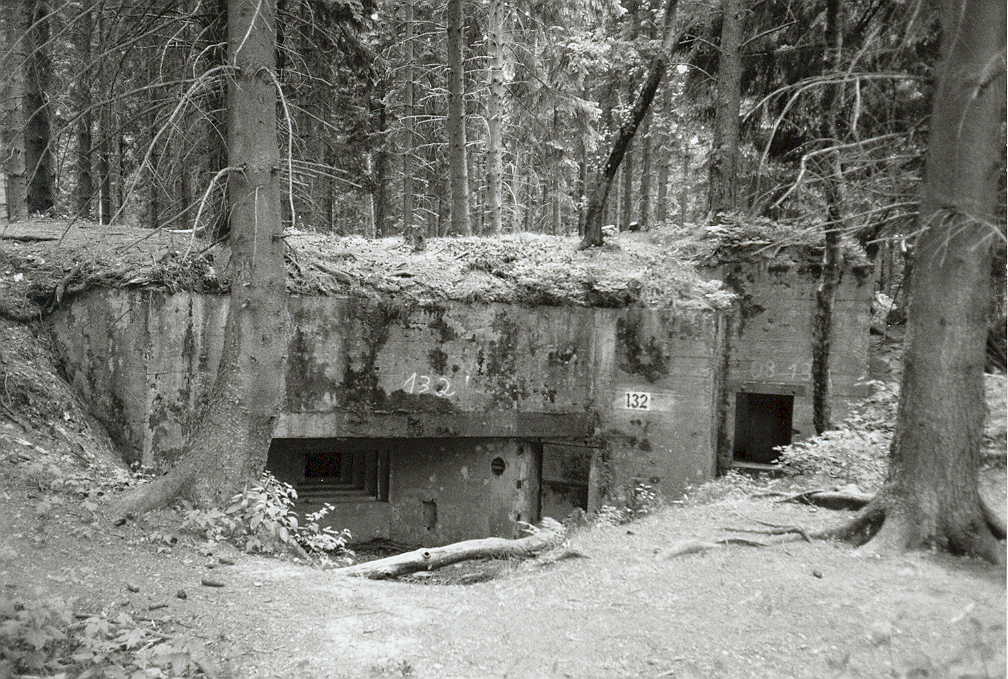
ADVERTISEMENT - CONTINUE READING BELOW
29. The Need to Silently Take Out a German Sentry Required an Extraordinary Feat of Skill
Born in 1922, George “Skeeter” Vaughan enlisted in the US Army in 1942 when he was nineteen, and landed with his unit on Omaha Beach two days after D-Day in June 1944. A few weeks afterward, he ended up in a fifteen-man scouting outfit named the Moccasin Rangers, all of them are Native Americans with great night sight. On one snowy night in November 1944, Skeeter, by then a sergeant, led a six-man patrol of Moccasin Rangers to take out a German bunker on the Siegfried Line, to clear a path for an American advance.

ADVERTISEMENT - CONTINUE READING BELOW
The men crawled on their bellies through the snow until they reached a timber stand on a hill, a few dozen yards above and behind the enemy bunker. The hiccup was how to cross that distance, as there was a German sentry outside the bunker with his back to them. He had to be eliminated and eliminated silently, so shooting him was not an option. There was too much open ground between the Moccasin Rangers and the Nazi for one of them to cross without alerting him. Then one of the men whispered to ask whether their sergeant could take out the sentry with a bayonet knife throw. To pull it off would be an extraordinary feat, but Skeeter was game.

